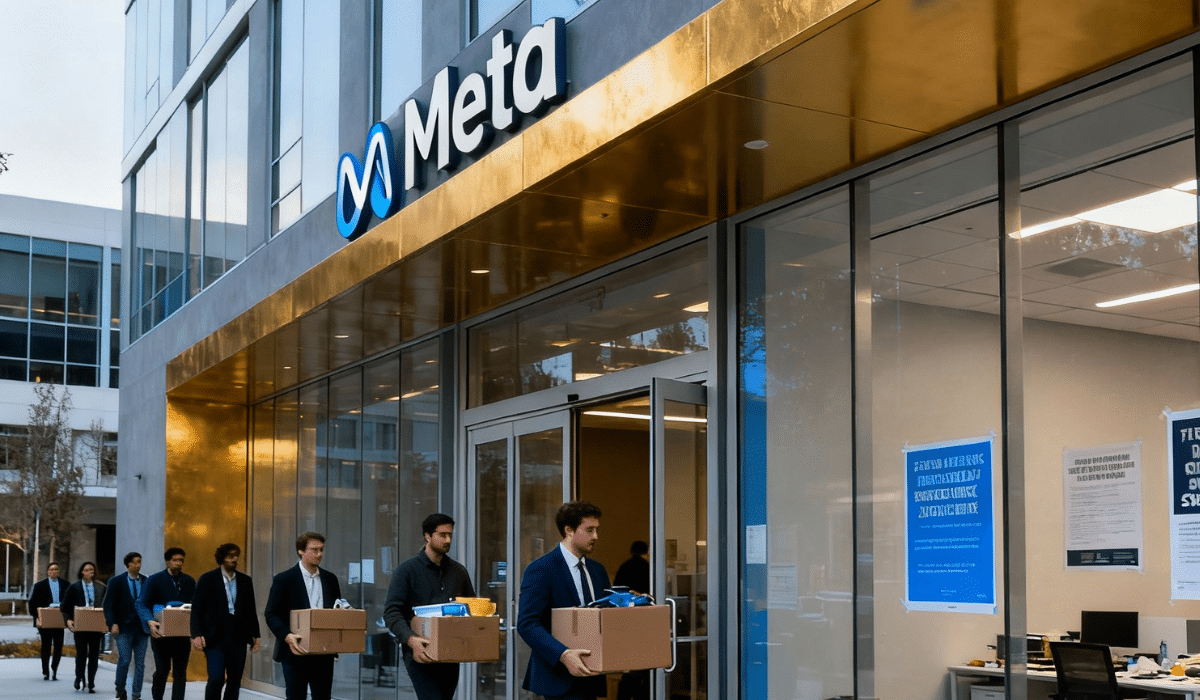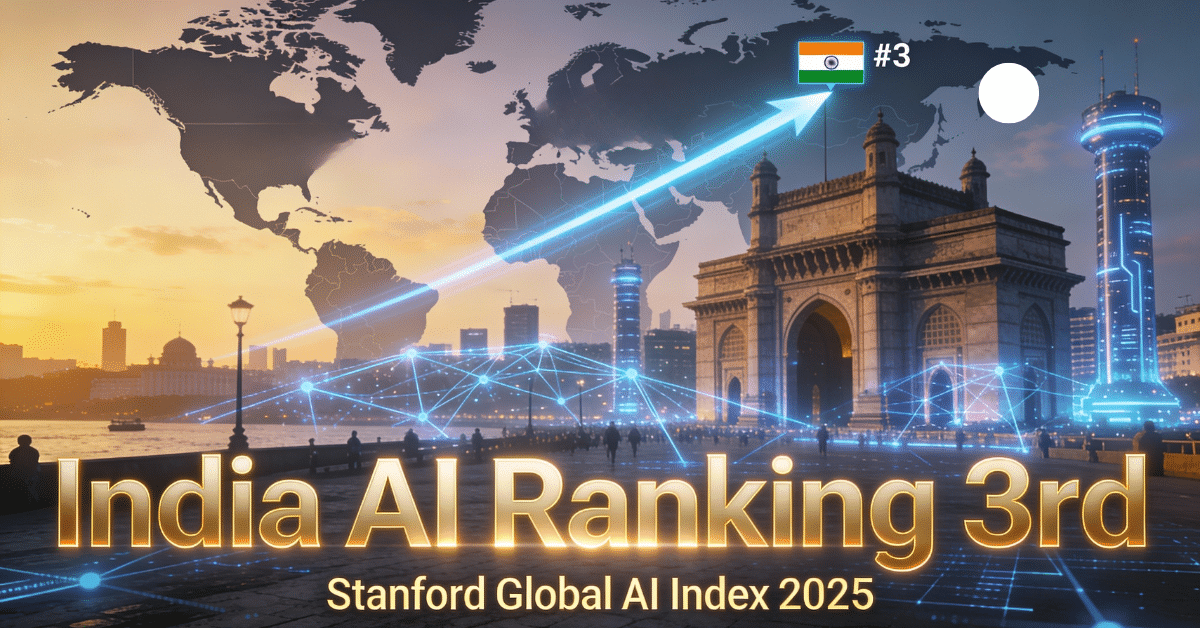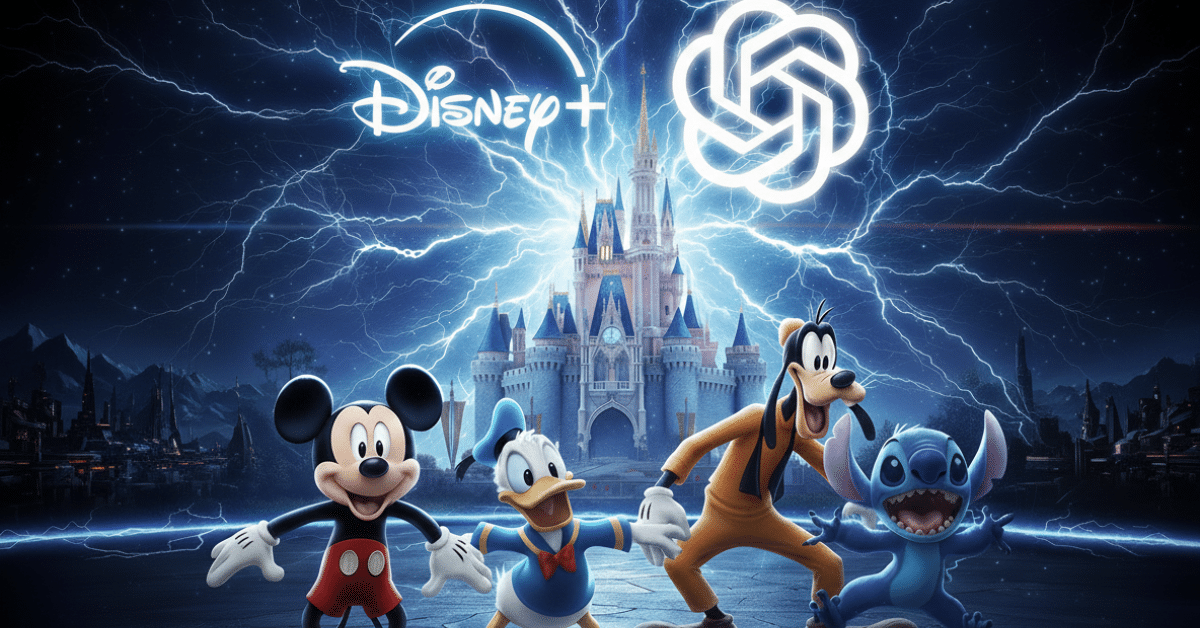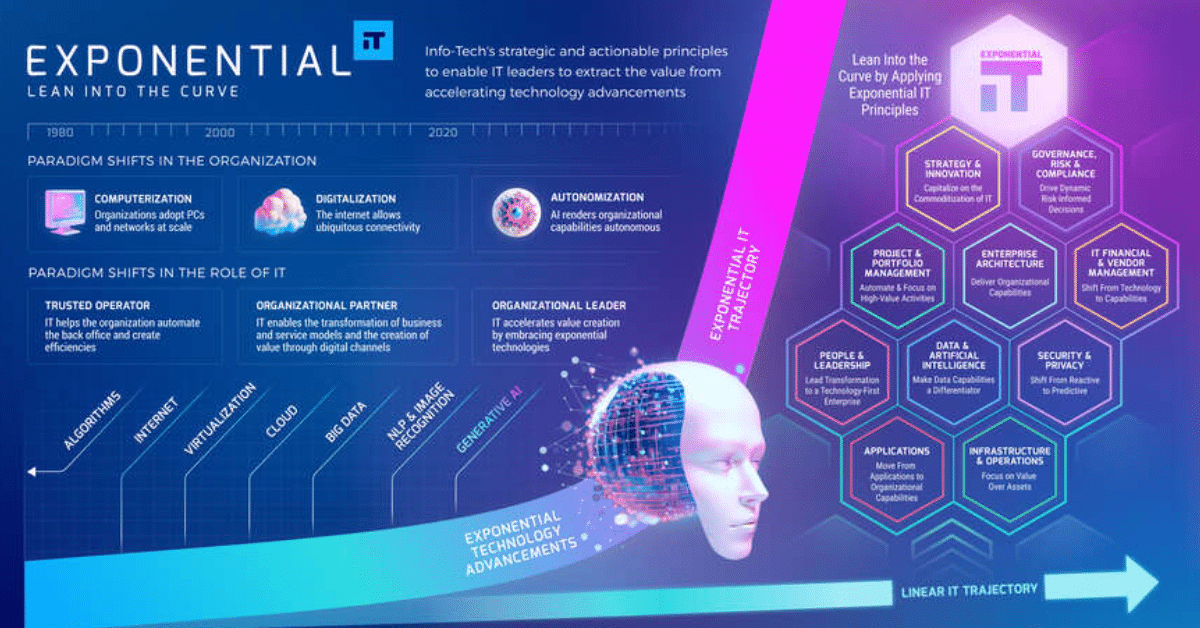Meta AI layoffs 2025 have resulted in approximately 600 positions being eliminated from the company’s artificial intelligence division, marking a stunning reversal just months after an aggressive recruitment campaign that cost billions of dollars. The social media giant announced the cuts on October 22, 2025, through an internal memo from Chief AI Officer Alexandr Wang, affecting workers across multiple teams while protecting recently hired top-tier talent.
Why Meta Is Cutting AI Jobs Now
The Meta restructuring targets the company’s Superintelligence Labs division, which employs just under 3,000 people after the reductions. Workers in the Fundamental Artificial Intelligence Research (FAIR) unit, AI infrastructure teams, and product-related AI divisions are facing termination, with November 21 set as the official last working day. According to Wang’s memo reviewed by The New York Times, the AI job cuts aim to eliminate bureaucratic layers and create a more agile organization where “fewer conversations will be required to make a decision.”
The timing appears contradictory given Meta’s massive Scale AI investment of $14.3 billion announced in June 2025, which brought Wang aboard as the company’s first chief AI officer. Similar automation trends are reshaping the AI industry news landscape in October 2025, with companies prioritizing efficiency over headcount. The deal gave Meta a 49% stake in the startup and triggered an unprecedented hiring spree targeting top researchers from OpenAI, Google, Apple, and Anthropic with compensation packages reportedly reaching $100 million.
The Protected Core Team
Notably, TBD Labs Meta employees remain completely untouched by the layoffs. This newly formed unit houses the expensive AI superstars recruited during the summer and operates under Wang’s direct leadership. The protection of these recent hires while eliminating legacy staff underscores Mark Zuckerberg AI strategy of betting on fresh talent over existing employees, despite the significant financial investment in both groups.
Internal sources told CNBC that the AI workforce reduction addresses long-standing inefficiencies, with teams like FAIR AI research and product-focused groups competing for computing resources. When the Meta AI hiring spree brought in new researchers to establish Superintelligence Labs, they inherited the larger Meta AI unit, creating organizational redundancy that these cuts now address.
What Laid-Off Employees Receive
Affected workers enter a “non-working notice period” until November 21, during which their internal access is revoked but they can search for other positions within Meta. The company is providing 16 weeks of severance pay plus two additional weeks for each completed year of service, minus the notice period. Meta established a dedicated recruiting team to help impacted employees find internal roles, and executives expect most will secure new positions within the company.
Additional Automation-Driven Cuts
Beyond the Superintelligence Labs reductions, Meta announced on October 23 that over 100 employees in privacy and risk review teams would also be terminated, with AI automation replacing these human roles. This strategic shift raises important questions about AI security threats and prompt hijacking as companies increasingly rely on automated compliance systems.
Michel Protti, Meta’s chief privacy and compliance officer, stated in an internal memo that the company is transitioning “from bespoke, manual reviews to a more consistent and automated process,” claiming this delivers “more accurate and reliable compliance outcomes.” This second wave of cuts demonstrates Meta’s broader strategy of using artificial intelligence to reduce operational costs across multiple departments, not just within AI development teams.
Meta’s Official Position and Industry Impact
According to Meta’s official statement, “Our product risk and compliance team has developed one of the industry’s most advanced compliance frameworks. We regularly implement organizational changes and are restructuring our team to align with the evolution of our program, allowing us to innovate more swiftly while upholding high compliance standards.”
The Meta layoffs 2025 send shockwaves through the technology sector, challenging the assumption that AI roles provide job security. These changes come as Meta simultaneously implemented restrictions on AI chatbots for WhatsApp Business, showing the company’s selective approach to AI integration across its platforms.
Despite artificial intelligence being among the fastest-growing fields, these cuts prove that even specialized positions face vulnerability during corporate restructuring. For affected workers on H-1B visas, the situation is particularly challenging, though some have already received job offers from competitors, including an Indian-origin AI startup offering positions with competitive salaries.
Looking Ahead
Meta’s total expenses for 2025 are projected between $114 billion and $118 billion, with AI initiatives expected to drive even higher year-over-year growth in 2026. The company maintains that these workforce adjustments don’t signal retreat from AI ambitions, with personal superintelligence development remaining among Zuckerberg’s top priorities. The Meta restructuring represents a calculated bet that fewer, more elite researchers can achieve breakthrough innovations faster than larger, more bureaucratic teams.







